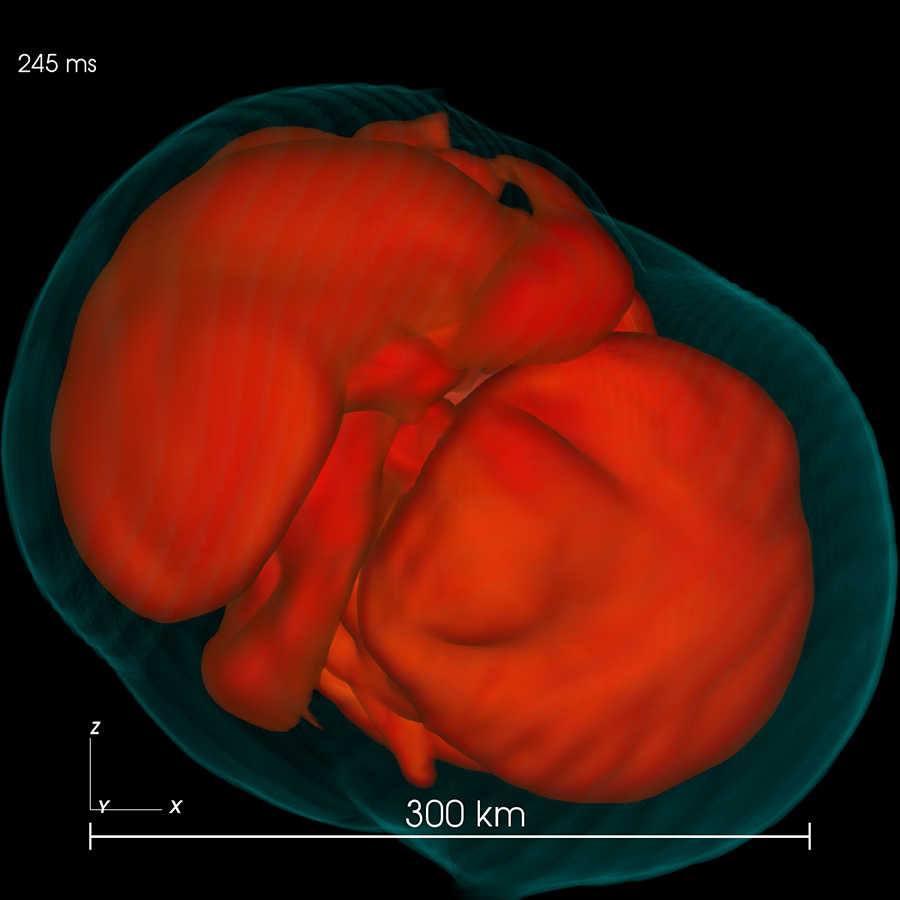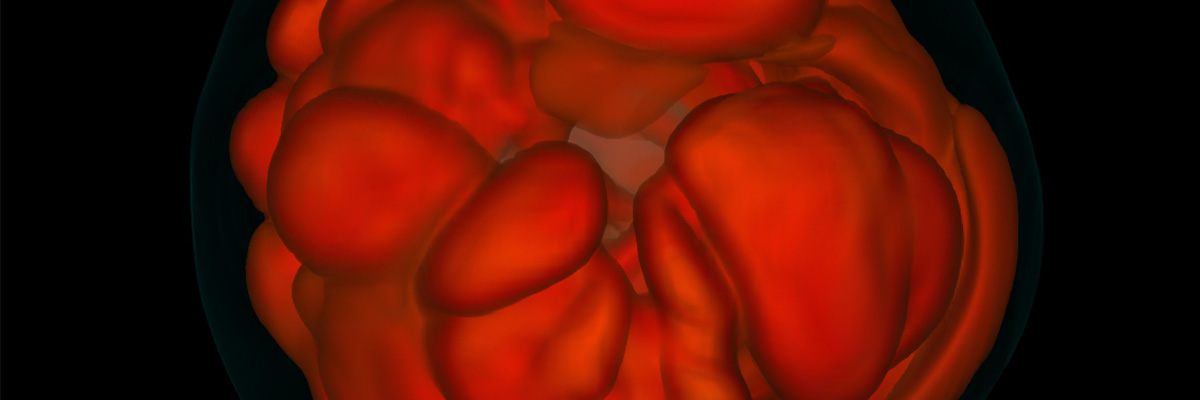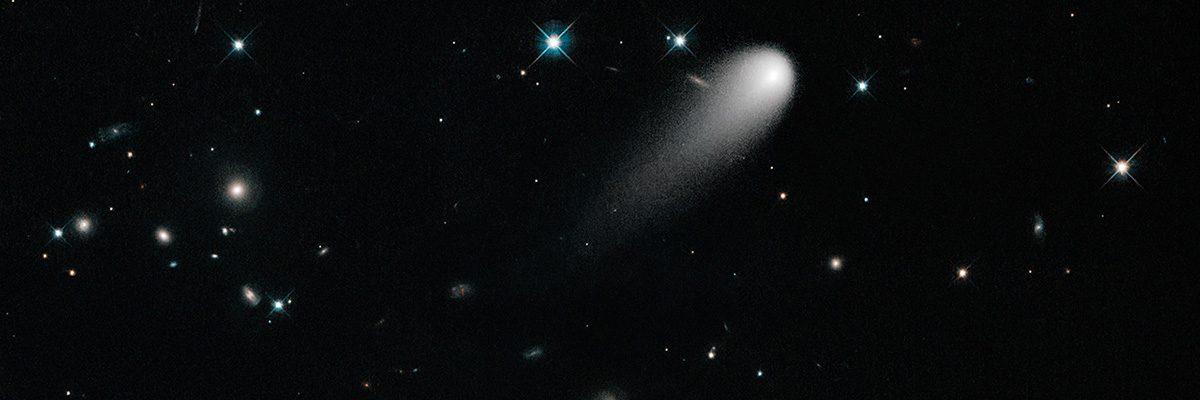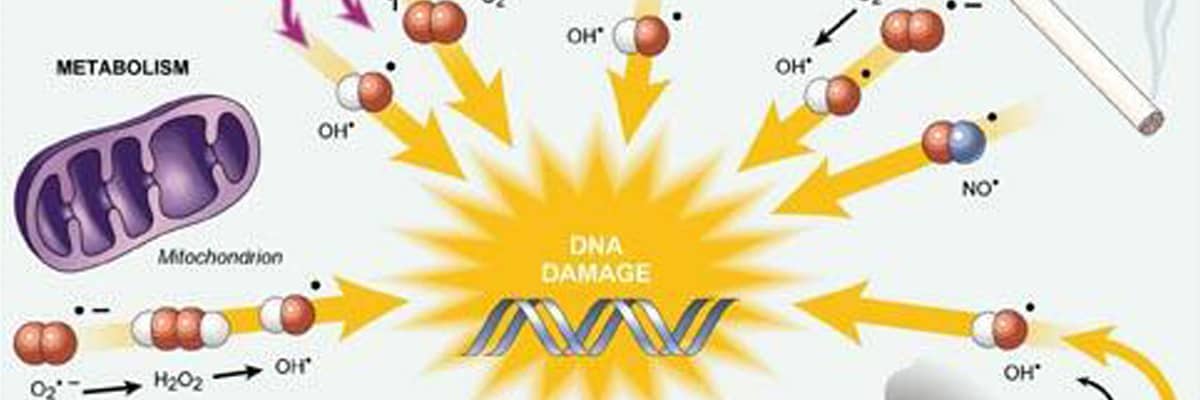
It’s no secret that when a massive star dies, it often does so dramatically–in a huge explosion known as a supernova. Supernovae outshine entire galaxies and enrich the universe with the heavy elements that are necessary to make those gold chains you wear.
It is kind of a secret, though, that scientists don’t really know how supernovae happen. When they try to recreate these blasts using simulations, the physical laws plus the physical material don’t lead to the explosions we see IRL.
Scientists have solid ideas about stars’ interiors at the ends of their lives. And good ideas about the reasons stars might choose to ex- instead of implode. But when they put the details of those good ideas together, a) that’s a lot of details, b) the combo does not a supernova make.

Some supernovae leave behind neutron stars, objects about 1.4 times the mass of the Sun that are crunched down to the diameter of an earthly city and spin up to 716 times per second. They’re like gigantic atomic nuclei, if gigantic atomic nuclei were also possessed carousels.
So when a massive star dies, the stellar core is collapses inward and the supernova expels material out into space. Current simulations get stuck around the point where the implosion becomes an explosion. But these simulations often are two-dimensional and involve vastly simplified parameters. After all, there are only so many supercomputers (and also only so many people who want to write code that robust).
The theory out in front right now says that neutrinos — high-energy, low-mass particles — result from the collapse and, in their excitement to leave the star’s deathbed, collide mightily with the star’s outer layers. The layers absorb the neutrinos’ mighty energy, causing a shock wave that results in the actual supernova.

With 150 million processor hours, 16,000 cores working in parallel, and 4.5 months of continuous computing, a research team headed in Garching was able to simulate — for the first time — a detail-oriented 3D supernova explosion. This simulation produced “many Terabytes” of data, so after those 4.5 months of chugging were over, the work was far from done.
After analysis, they found evidence that neutrinos were heating their simulated gas: it was bubbling and producing fat-headed plumes, which convection, fueled by temperature increase, would cause in a fluid. They also saw sloshing, which other scientists have seen and dubbed “Standing Accretion Shock Instability” (SASI). In some other simulations, SASI had just led to more SASI, leaving the researchers with comically sloppy stars that wiggled but never exploded.

SASI had not been observed at all in an ultra-complex simulation like this one, but it’s important because it explains asymmetric supernova. If a star is just sitting there one moment and then explodes the next, the material should all go out at the same speed at the same time. But if the star is being SASI (get it? sassy?), the internal velocities and distributions of its plasma are not homogeneous, so the explosion won’t be, either.
And from a “process of science” standpoint, I think it’s cool that the team can find experimental evidence to support the results of their 0101010110 supernovae. The neutrinos that we receive on Earth and the gravitational waves that the star’s sloshings impress upon spacetime are both detectable (or at least theoretically so).
So what are the team members going to do now that they’ve modeled a supernova?
Go to Disney World?
No: According to the press release, they “plan to perform more and longer simulations.”




